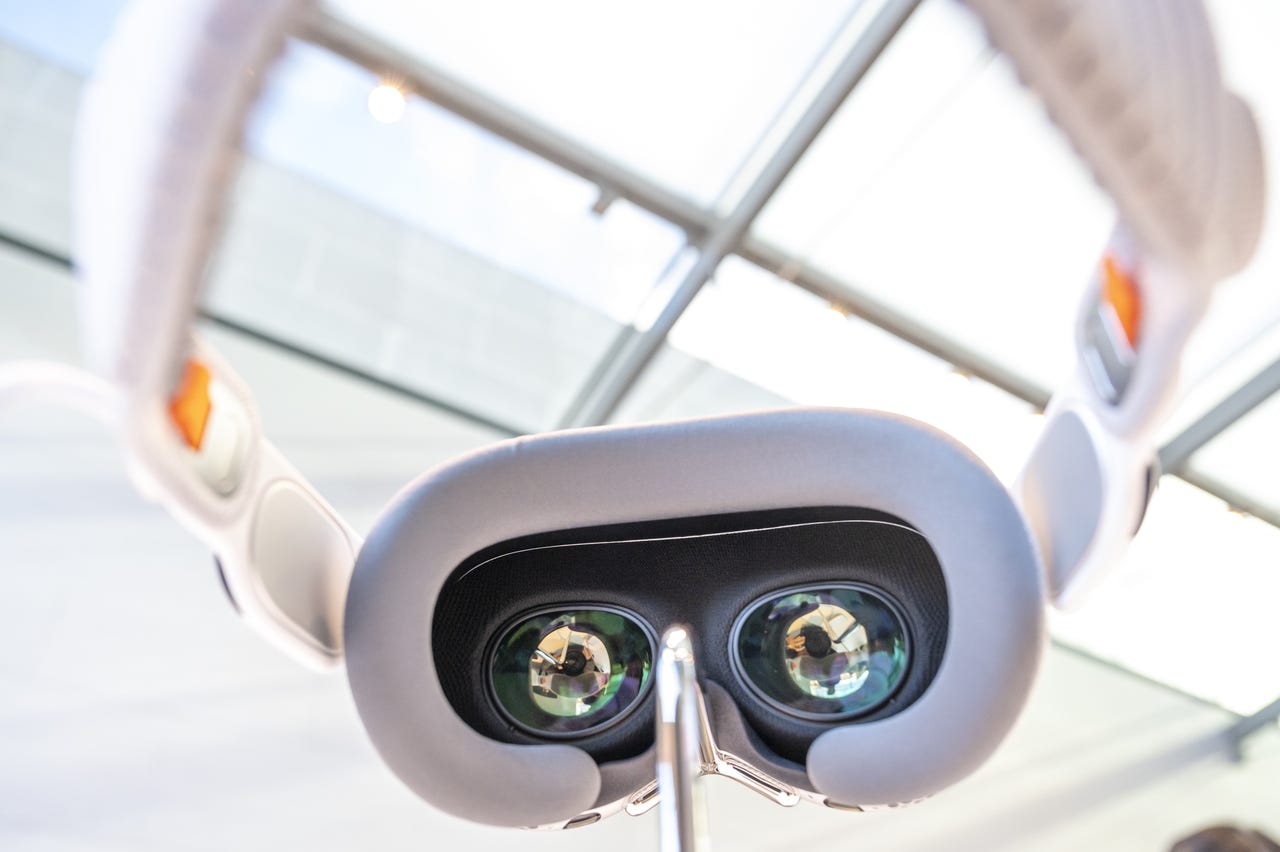'ZDNET Recommends': What exactly does it mean?
ZDNET's recommendations are based on many hours of testing, research, and comparison shopping. We gather data from the best available sources, including vendor and retailer listings as well as other relevant and independent reviews sites. And we pore over customer reviews to find out what matters to real people who already own and use the products and services we’re assessing.
When you click through from our site to a retailer and buy a product or service, we may earn affiliate commissions. This helps support our work, but does not affect what we cover or how, and it does not affect the price you pay. Neither ZDNET nor the author are compensated for these independent reviews. Indeed, we follow strict guidelines that ensure our editorial content is never influenced by advertisers.
ZDNET's editorial team writes on behalf of you, our reader. Our goal is to deliver the most accurate information and the most knowledgeable advice possible in order to help you make smarter buying decisions on tech gear and a wide array of products and services. Our editors thoroughly review and fact-check every article to ensure that our content meets the highest standards. If we have made an error or published misleading information, we will correct or clarify the article. If you see inaccuracies in our content, please report the mistake via this form.
My 5 biggest takeaways from iFixit's Apple Vision Pro teardown


I don't know about you, but I've been eagerly awaiting iFixit's teardown of Apple's new Vision Pro. After all, these teardowns give us the first -- and usually the best -- look at what goes on behind the curtain of any new device. They also offer tiny, but important insights into the thought process that goes into engineering a new class of product.
Also: 7 hacking tools that look harmless but can do real damage
And this one did not disappoint.
There's a lot packed into the teardown, so here are my top five takeaways from it.
1. It's really tough to dismantle the Vision Pro
When iFixit breaks something, you know that taking it apart is hard. Not only did the iFixit pros unintentionally melt and partially peel the protective film on the cover glass, but they also broke a molded cable going to a speaker.
However, on the upside, these teardowns are an important step in creating repair guides to help others make repairs and avoid the same destructive mistakes made in the initial teardown.
Also: I tried Apple Vision Pro for a weekend and here are my 3 biggest takeaways
I still firmly believe that home repairs of the Vision Pro will be close to impossible, and the most useful accessory will be AppleCare warranty.
2. There's a proprietary connector that you're likely to break
Apple can't seem to abandon proprietary connectors.
There's a cable that connects the headset to the battery pack. However, instead of using a standard USB-C connector, it employs an oversized proprietary Lightning connector. This means you cannot use a standard power bank to power the headset.
Is there a reason for Apple to use a proprietary cable? Possibly, but this also means that if you accidentally catch and rip the cable, it's game over.
3. It's (overly) complicated
What's interesting about first-generation products, especially those from Apple, is that they are often more complicated than necessary, with designs that typically become streamlined over time.
Consider the approach to light sealing, for example.
Also: Why you'll need a VPN for the Vision Pro (and other XR headsets)
"Apple is selling 28 different light-seal parts to cover all the different face sizes and shapes... this is why Apple is hand-packing every Vision Pro order—there's just no "standard" setup."
This process sounds utterly complicated and overly expensive, representing a part of the process that Apple will undoubtedly look to improve.
4. The biggest fail is the EyeSight screen
iFixit pulls no punches when it comes to the EyeSight screen on the front of the Vision Pro. This screen is designed to project an image of the wearer's face to the outside world so the Vision Pro doesn't look... scary.
"It's dim, it's low-resolution, and it adds a lot of bulk, weight, complexity, and expense to the most weight-sensitive part of the headset. Did they finally hit the drop dead date and miss their targeted performance? Could it be a late-stage manufacturing error?"
It gets worse.
"Regardless, we're sure bringing it to market was a difficult decision."
Ouch.
5. Repairability is not good, but it could be a lot worse
I expected the iFixit teardown to be a series of disappointments regarding repairability, so I was quite relieved to discover that it wasn't entirely doom and gloom.
Also: 10 reasons the Apple Vision Pro is secretly brilliant
"Repairability-wise, it's not great, but on the plus side, some of the connections are quite delightful. You should have seen our teardown team jump up when they realized that the side arms could be popped out using the SIM-removal tool, for example, and the magnetic cushions are yet more user-friendly."
Apple is clearly building on the lessons learned from previous products when developing new ones, and then the cycle starts again as it continues to refine -- and reduce the cost -- of these new products.